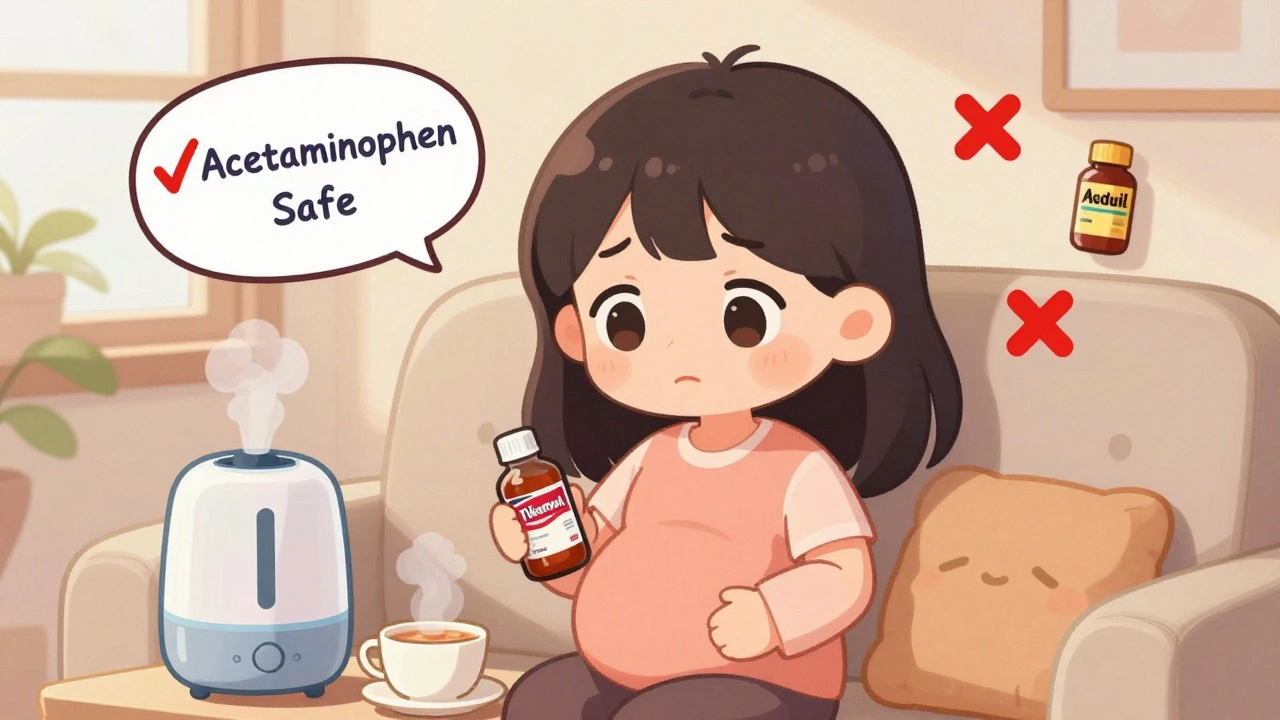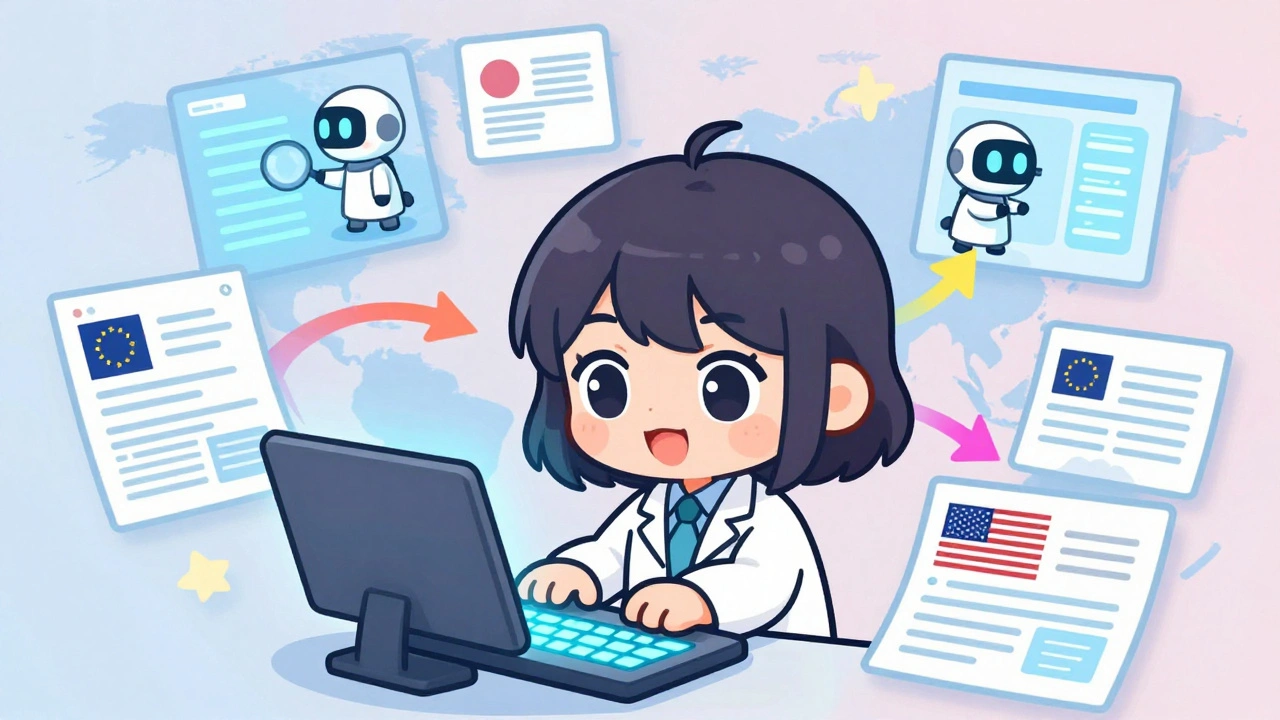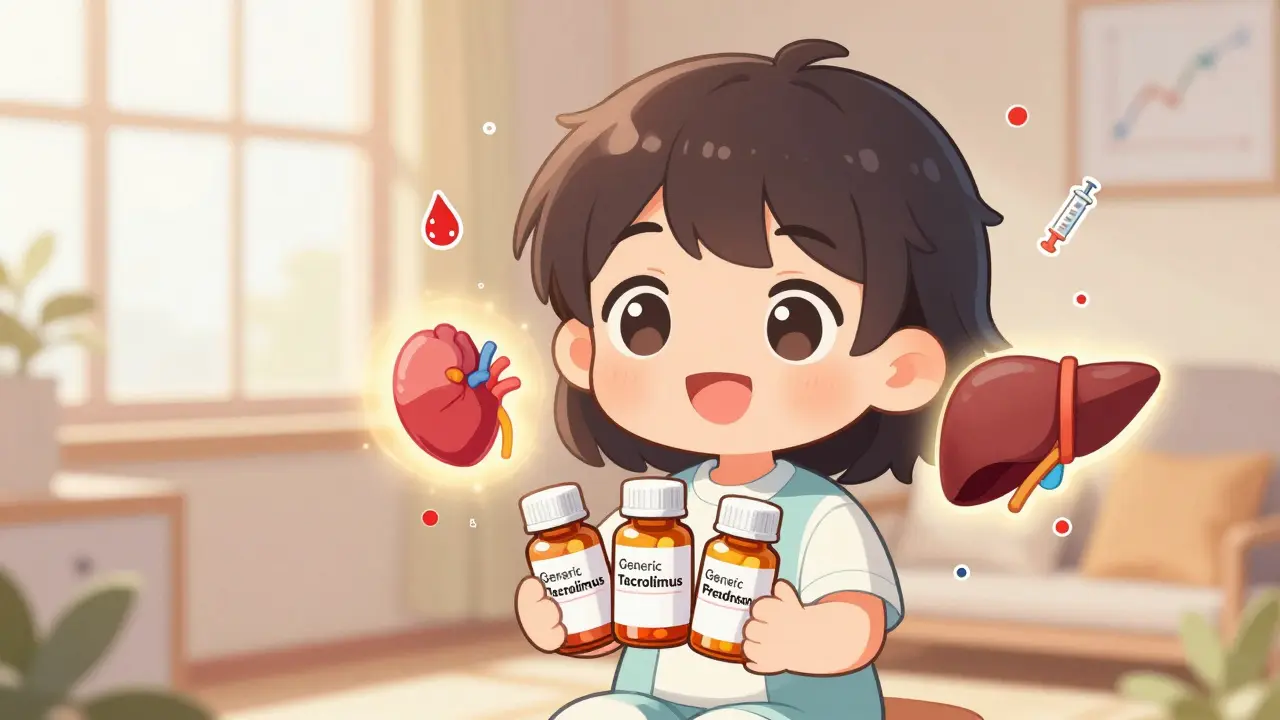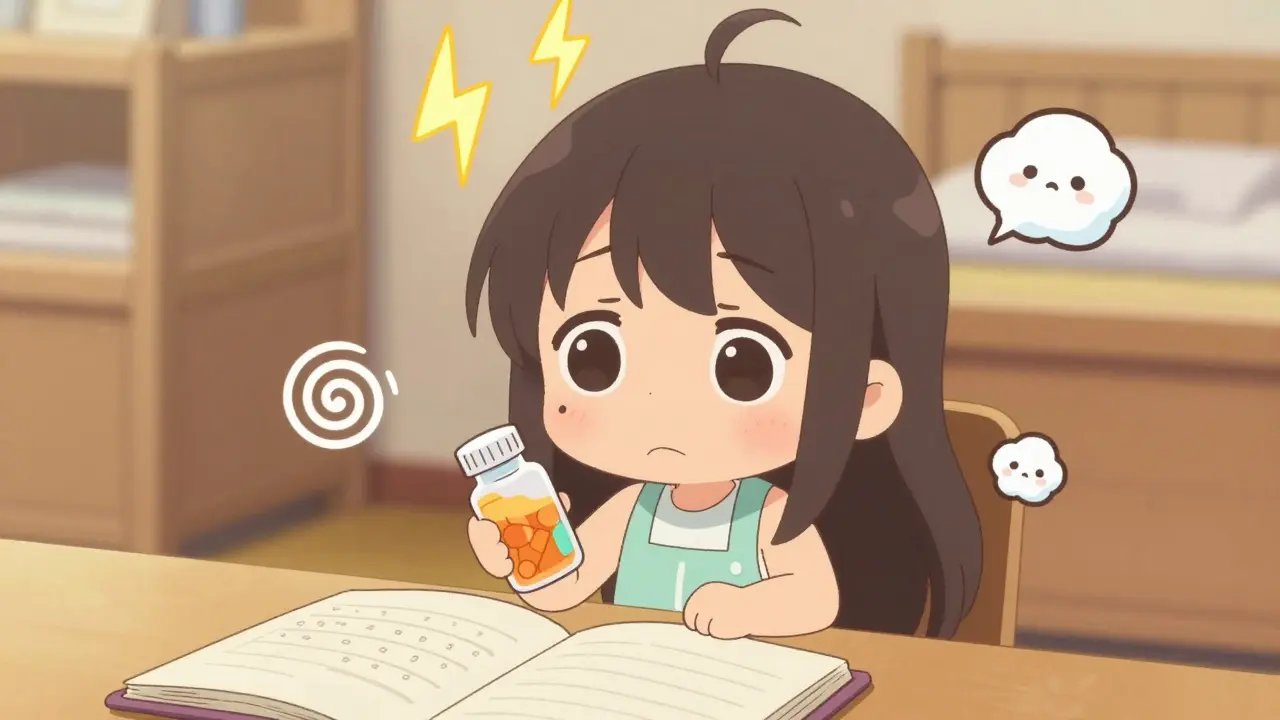Understanding Health and Medication: Your Quick Guide
Ever feel lost when a doctor mentions a drug name you’ve never heard of? You’re not alone. Understanding health basics and medication details doesn’t have to be a PhD‑level project. In this guide we break down the most common questions you face on the UK pharmacy scene, from why you need a prescription to how to read a label.
Why "Understanding" Matters in Everyday Life
When you actually understand what a medication does, you’re more likely to take it correctly and see the benefits. Misunderstandings lead to missed doses, unwanted side effects, or even dangerous drug interactions. That’s why a simple, clear explanation—like the ones we provide—can protect your health and save you time.
Take the example of inhalers for asthma. Most people know the name, but few realize the difference between a rescue inhaler and a preventer. A rescue inhaler (often containing short‑acting bronchodilators) gives fast relief, while a preventer works over weeks to reduce flare‑ups. Knowing this distinction helps you use each device at the right moment and avoid costly emergency visits.
Reading Labels and Prescription Info
Prescription labels may look like a jumble of abbreviations. Here’s a quick cheat‑sheet: "PO" means oral, "BID" is twice a day, and "PRN" tells you to take it as needed. If a label says “Take with food,” it’s usually to prevent stomach irritation—think ibuprofen or certain antibiotics.
Don’t ignore the “expiry date.” Medications lose potency over time, and in some cases, they can become harmful. If a drug looks discolored or smells odd, give your pharmacy a call before you use it.
Beyond the label, ask your pharmacist for a short rundown of possible side effects. A brief chat can clear up fears about things like mild nausea versus serious allergic reactions. Most side effects are predictable, and knowing them can help you decide whether to keep the medication or talk to your doctor.
Understanding also means knowing when you can safely stop a drug. Never quit blood pressure medication abruptly; a sudden stop can spike your pressure and cause complications. For many treatments, a tapering schedule is required, and your GP will guide you.
When you purchase over‑the‑counter items, treat them like any other medication. Read the active ingredient list, check for interactions with your prescriptions, and keep track of your total daily dosage—especially with common pain relievers that contain acetaminophen.
Finally, keep a personal medication list. Write down every drug you take, the dose, and the timing. Update it whenever a change occurs. This list is a lifesaver during emergencies and helps any new health professional quickly understand your regimen.
Understanding health and medication is a habit, not a one‑off task. By staying curious, asking questions, and using simple tools like label cheat‑sheets, you’ll feel more confident in managing your own care. Ready to take the next step? Grab a pen, jot down those questions for your pharmacist, and start turning confusion into clarity today.





